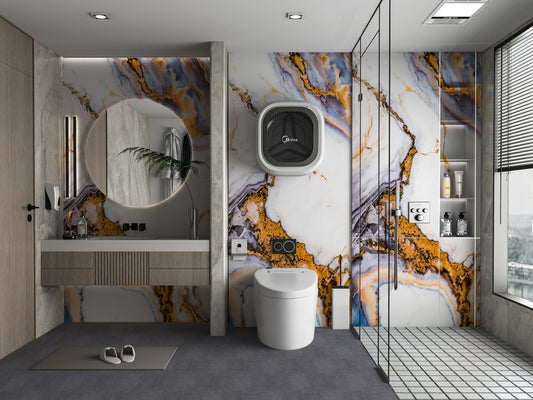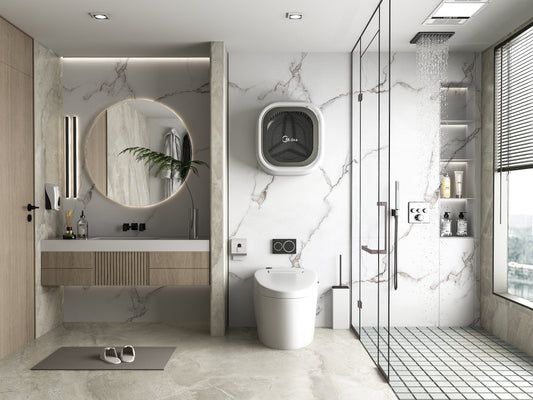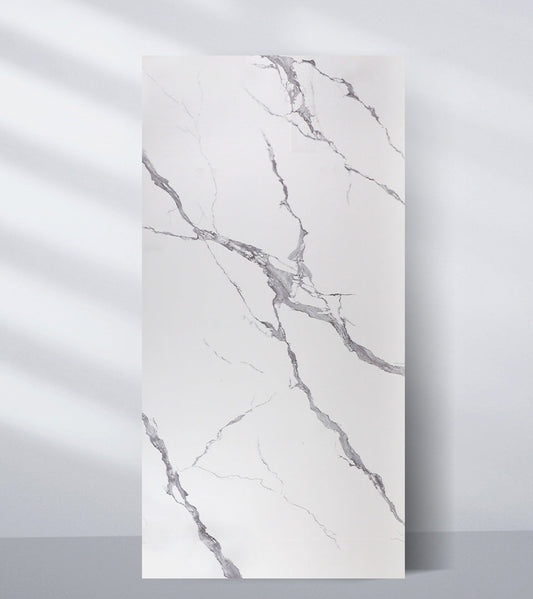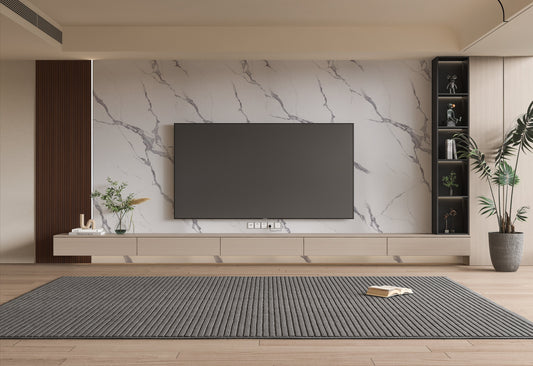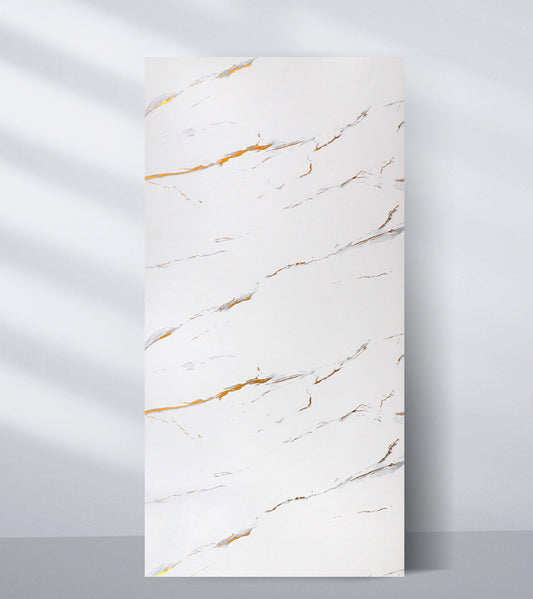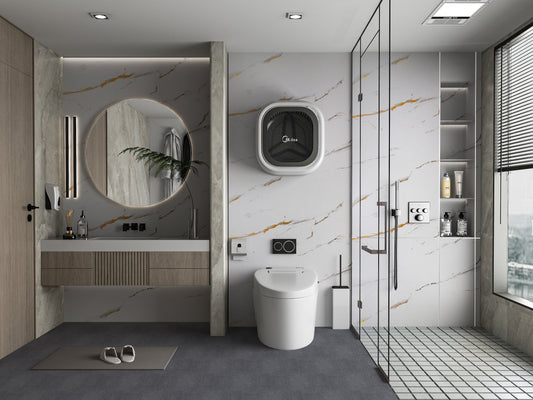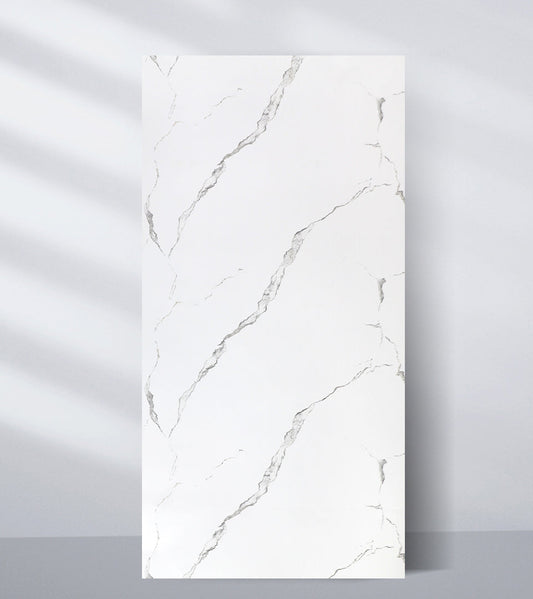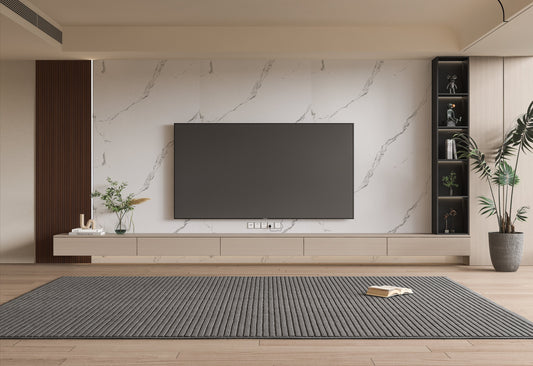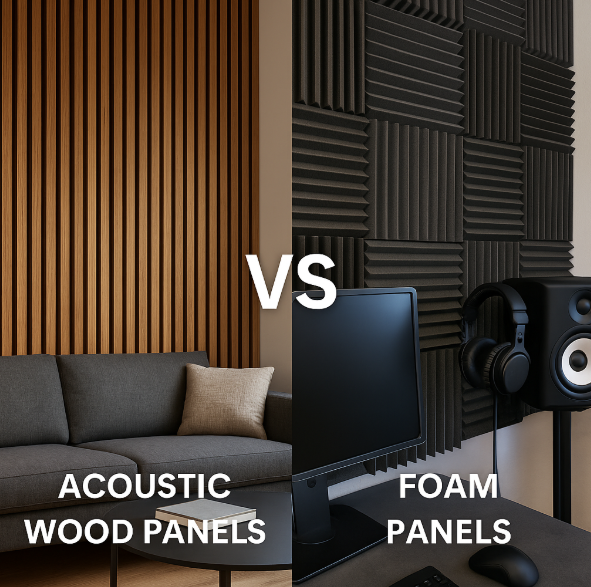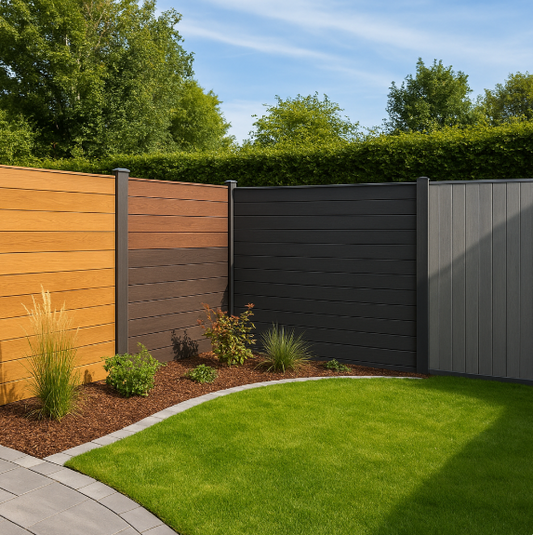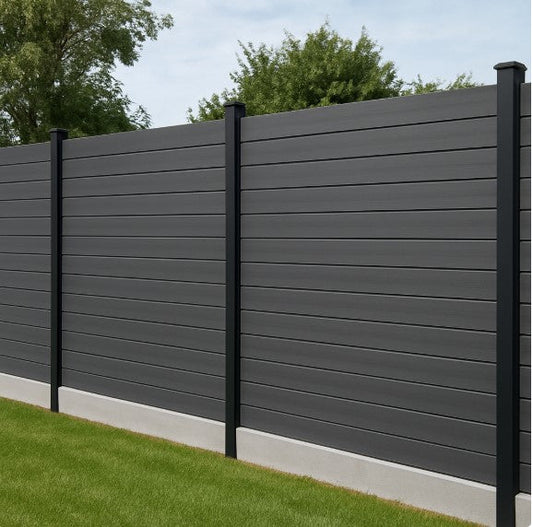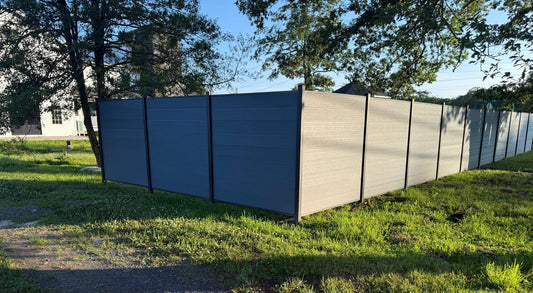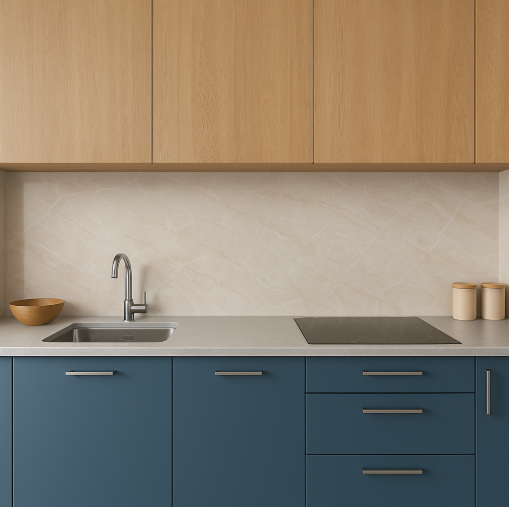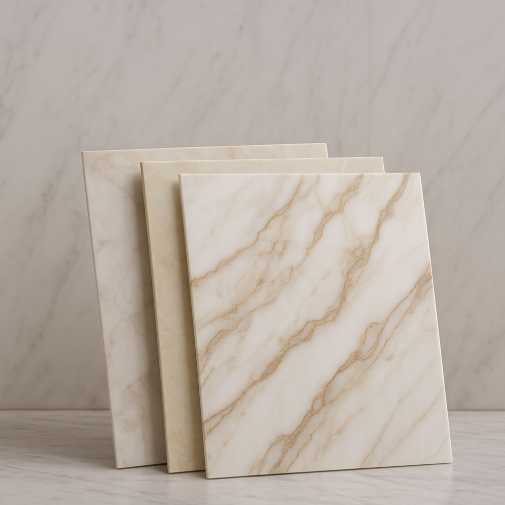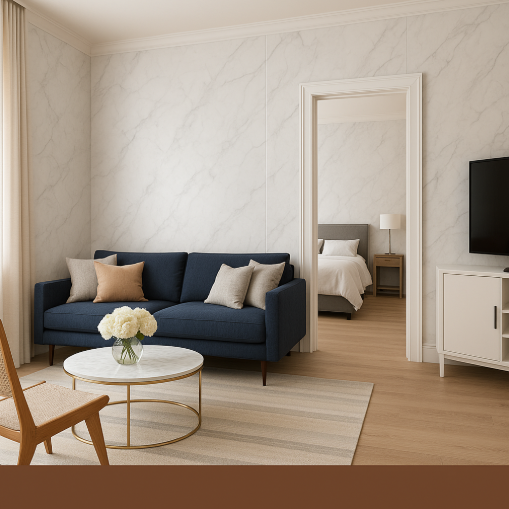When it comes to improving a room’s acoustics, there’s no shortage of options but two materials tend to dominate the conversation: acoustic wood panels and foam panels. Whether you’re outfitting a professional recording studio, a corporate meeting room, or a stylish home theater, choosing the right acoustic treatment makes all the difference in sound quality and aesthetic appeal. But with so many options available, how do you know which is better suited to your needs?
At Accel Inc, we believe that effective sound control should never come at the expense of great design. That’s why we’re breaking down the key differences between wood slat acoustic panels and traditional acoustic foam panels, so you can make an informed choice based on performance, style, installation, and application.
Understanding the Basics: Functionality & Purpose
Acoustic treatments are used to reduce echo, dampen noise, and improve sound clarity within a space. While both wood and foam panels aim to improve acoustics, they work in slightly different ways. Acoustic foam panels are primarily designed to absorb mid-to-high frequency sound waves. They reduce echo and reverb but do little to control low-frequency sounds or bass buildup. Foam panels are commonly found in music studios, podcasting rooms, or rehearsal spaces where sound absorption is the main priority.
On the other hand, acoustic wood panels combine the visual warmth of natural materials with sound-dampening functionality. Typically made of slatted wood mounted on a felt backing, these panels absorb sound across a wider frequency range while also diffusing it. This means they don’t just deaden a room they enhance its acoustic balance, making them ideal for a broader range of environments, from home interiors to conference halls and public venues.
Visual Impact: Aesthetic Considerations
One of the most notable differences between foam and wood panels is how they look. Foam panels, often made in wedge, pyramid, or egg-crate shapes, are functional but not particularly attractive. While some come in various colors, their industrial or utilitarian appearance doesn’t complement residential or high-end commercial design. For settings like living rooms, hotel lobbies, or offices, foam panels often look out of place.
Acoustic wood panels, by contrast, are designed to be both functional and beautiful. With rich wood tones, clean slat patterns, and modern finishes, they double as interior design features. These panels bring warmth, texture, and architectural interest to any space. Whether you prefer Scandinavian minimalism, contemporary design, or natural biophilic elements, wood acoustic panels blend seamlessly with your vision.
For homeowners, architects, and designers who value aesthetics just as much as performance, wood panels offer a clear advantage.

Performance in Real-Life Spaces
In professional sound environments like recording studios or broadcasting booths, foam panels may still have a slight edge in pure absorption especially at high frequencies. That’s why they’re a go-to for musicians, vocalists, and engineers who need a dry, echo-free space for sound capture. But for most other applications, the ultra-deadening effect of foam isn’t necessary and may even be undesirable.
For multipurpose spaces like home theaters, conference rooms, and open-concept living areas, a balanced acoustic environment is key. That’s where wood panels excel, offering a mix of absorption and diffusion. Rather than killing the sound, they shape it. Conversations remain clear, background noise is softened, and the space retains its natural ambiance.
Because acoustic wood panels absorb both mid and high frequencies while reducing echo, they work exceptionally well in rooms where speech intelligibility and overall sound quality matter like offices, classrooms, and residential media spaces.
Durability and Lifespan
Durability is another important factor, especially in high-traffic commercial or public areas. Foam panels are lightweight and relatively fragile. They can be easily dented, torn, or degraded over time, especially when exposed to UV light or frequent handling. They are not moisture-resistant and can attract dust, which makes them less suitable for long-term or semi-permanent installations in visible locations.
In contrast, acoustic wood panels are far more durable. The wooden slats are typically made from solid or veneered MDF and mounted on a PET or felt acoustic backing. These panels are sturdy, resistant to wear and tear, and built to last. They're also much easier to clean and maintain. Their resilience makes them perfect for commercial interiors, hospitality settings, restaurants, or upscale residential homes where visual longevity and physical integrity are important.
If your space requires a long-term solution that doesn’t compromise on looks or performance, wood panels are the smarter investment.
Ease of Installation and Flexibility
Both foam and wood panels are relatively simple to install, but their methods differ. Foam panels are lightweight and often attached directly to walls with adhesives, double-sided tape, or mounting brackets. However, improper installation can lead to uneven placement or permanent wall damage. Plus, once foam panels are removed, they often can’t be reused or repositioned cleanly.
Acoustic wood panels are slightly heavier but still manageable for DIY or professional installation. They can be mounted with screws, clips, or adhesive depending on the substrate. Many panel systems are modular, allowing you to create full walls, half-height accents, or ceiling treatments with ease. And because they’re designed as finished architectural features, no additional coverings or framing are needed.
While foam may win in terms of weight and initial simplicity, wood panels offer more polished, flexible installation options suitable for permanent or semi-permanent use.
Cost Considerations: Initial Price vs Long-Term Value
If you’re on a very tight budget and simply need basic sound absorption, foam panels are the cheaper option upfront. A basic set of foam tiles can be purchased for a relatively low price, making them accessible for hobbyists, students, or temporary setups.
However, wood acoustic panels provide better long-term value. While the initial investment is higher, their durability, design appeal, and multifunctional use make them more cost-effective in professional and residential spaces where aesthetics and longevity matter. They’re not just functional they’re also a permanent part of the room’s design, which adds value to the property or space.
For clients who are building out permanent installations or want a more refined finish, investing in wood acoustic panels is well worth the price.

Ideal Applications: Where Each Panel Type Works Best
Choosing between wood and foam panels often comes down to where they’re being used. Foam panels are best suited for dedicated audio environments where pure sound absorption is the top priority like music studios, podcast booths, rehearsal spaces, and content creation rooms.
In contrast, wood panels shine in mixed-use or visually important spaces, including:
- Home theaters
- Conference rooms
- Living rooms
- Bedrooms
- Restaurants
- Hotels
- Office lobbies
- Classrooms
They’re ideal for anyone who needs sound control without compromising visual aesthetics.
Sustainability and Environmental Impact
Sustainability has become a central concern in modern construction and interior design. Many acoustic wood panels are made from recycled materials, such as PET felt backing produced from recycled plastic bottles. The wood itself may be sourced from sustainable forests or FSC-certified suppliers, depending on the brand.
Foam panels, while affordable, are typically made from petroleum-based polyurethane materials and are not biodegradable or easily recyclable. Their manufacturing process often carries a heavier environmental footprint.
If environmental responsibility is part of your project’s criteria, acoustic wood panels are the more eco-conscious choice.
Final Verdict: Which One Should You Choose?
Both acoustic wood panels and foam panels serve a valuable purpose in the world of sound design. If you need basic soundproofing on a tight budget in a private recording space, foam might be sufficient. But if you want a premium blend of performance, aesthetics, durability, and versatility acoustic wood panels are the better all-around solution.
They offer exceptional sound control, enhance the beauty of your space, and provide long-term value in both residential and commercial applications. At Accel Inc, we proudly offer a range of acoustic wood paneling solutions designed to help you balance form, function, and acoustic performance.
Ready to upgrade your space? Explore our collection of high-quality slatted acoustic panels or get in touch with our team for personalized design advice.


